Post Views: 879
Anyone can write an email, not everyone can do so effectively.
Unfortunately, for the people on the receiving end, that can lead to confusion, mistakes, inaction, and even poor customer engagement. The good news is that writing effective emails isn’t rocket science. What about your colleagues and co-workers? Do they write emails that are clear and easy to understand? And how about your company?
There are positive emails, and there are negative emails. Sometimes it’s easy to tell the difference between the two, but can you write an email that’s more likely to be read and acted upon? There are a few imperative steps to writing them more effectively. For the people on the receiving end, that leads to confusion, mistakes, inaction, and even poor customer engagement. The good news is that writing effective emails isn’t rocket science. It’s just a matter of taking a disciplined approach and following a basic formula.
Let’s break that formula down into four steps.
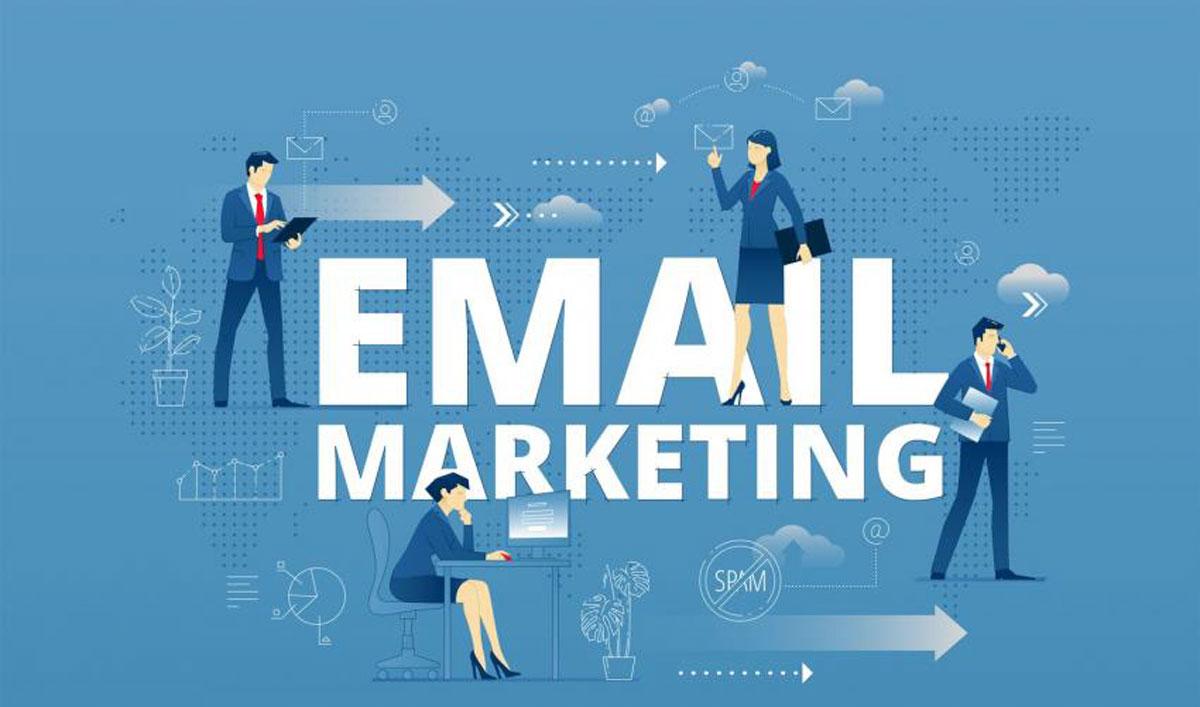
Continue Reading
Step one: Write an effective email subject line
The subject line of your email is the one chance you have to grab someone’s attention. And when you’re writing to an audience that isn’t obligated to read your messages, you need to follow some best practices.
For example:
- Be specific. What exactly can the recipient expect to find inside the email? Give your audience clues so they can quickly and accurately assess whether to open your email, save it for later, or delete it. If your email to customers is about a new feature you’re deploying, that should be obvious.
- Be honest. Although we live in a world full of click-bait, you don’t want to do the bait and switch. Catchy, engaging, fun headlines are fantastic, but if they promise something that your email doesn’t actually deliver, you’ll just turn off your audience.
- Be creative. While being specific and honest is paramount, you also need to do what you can to pique people’s interest and give them a reason to open your email. While a subject line of “Updates to Our HR Policies” may be specific and honest, it’s also boring. Would an alternative like “Five Ways We’re Making [company name] a Better Place to Work” get more people engaged in what you’re communicating?
- A/B Test. If you’re able to, come up with a number of great subject lines and A/B test them to see which one gets the best result. Circulate your top picks among a small group of co-workers to see which ones they like best. Or, you could do a more official A/B test via your marketing automation platform.
A lot of people talk about the length of subject lines and the impact that can have on whether people choose to read your emails. While you do need to consider the device your audience is reading your emails on (shorter subject lines work better on mobile devices because they’re less likely to get cut off), length shouldn’t otherwise be a big issue. In fact, when the folks at MailChimp conducted an analysis of 12 billion emails, comparing subject line length with click and open rates, they found no change whether the subject lines were long or short.
Step two: Begin with professional email greetings
Most people liked to be addressed by their name. And while that may seem like a no-brainer in one-to-one communications, it’s essential for mass emails as well. Personalized promotional emails result in six times the number of transactions than ones that aren’t personalized. Admittedly, this research is a few years old at this point, but the underlying principle still holds.
So, make sure you’re greeting your audience by their name, and try to remember to mix things up. Writing “Hi Bob” on every single email feels pretty boring. If your company’s tone of voice allows for it, why not try variations like “Happy Friday, Bob!”
Step three: Direct and concise body
Ok, you’ve gotten someone to open your email and they’re reading it. You’ve now got about two seconds (well, probably less if we’re honest) to get their attention and communicate what it is that you’re trying to tell them. Here’s how to do it:
- Get to the point as quickly as possible. Most people don’t have the time or energy to read through the email equivalent of small talk. Sure you need to provide some context, and you may want to inject some personality, but get to the content of the email quickly. Why are you writing and what do you want your reader to do?
- Say less, not more. You may have important things to say, but just make sure that you’re saying them as concisely as possible. Most people are going to skim your email at best. By eliminating the number of words on the page, you’ll increase the amount of your content that they actually read.
- Make your message scannable. Avoid long paragraphs or anything that could be perceived as a wall of content. Break your message up with headings and bulleted lists so your audience can quickly navigate to the points they care about.
- Include a clear call to action. What is the reader supposed to do? Click on a link? Download a piece of content? Don’t just be explicit about what you want people to do, make it very clear how they’re supposed to do it.
There’s no set rule about how long you should make your emails. Just remember that people are busy and unlikely to read anything lengthy, unless you’ve given them a good reason. Be concise, highlight key points early on, and be as clear as possible.
Step four: Closing the email
How to sign off an email is the topic of a surprising amount of debate. There are lots of options (read this article for a comprehensive look at them). In general, this is a matter of personal taste. If you like cheers / best / thanks at the end of an email, write it. If you think that sounds too pompous / vague / deferential, don’t.
Quick tips for writing effective emails:
- Make your subject lines creative, specific, and honest.
- Address your recipient by first name.
- Get to the point and make your offer clear.
- Close in a way that works for you.
What does an effective email look like?
***
Hi [Name of Recipient],
Hope you’re doing well. As you know, we’re in the initial stages of the [Project Name] project. To ensure we’re aligned and have our creative juices flowing, I’d like to schedule a brainstorming session for [Date] at [Time] in [Meeting Room or Online Platform].
During this session, we’ll:
-
-
- Discuss project goals and objectives
- Explore potential approaches and ideas
- Identify any potential challenges or roadblocks
Please come prepared with any initial thoughts or questions you might have. Your insights are invaluable in shaping the direction of this project.
If you have any conflicts with the proposed time, please let me know as soon as possible so we can find an alternative that works for everyone.
Looking forward to hearing your ideas!
Best regards,
[Your Name] [Your Title]
***
Then, the final word
Good communication is essential. Before you send out your next email, make sure you’ve expressed your ideas as clearly and concisely as possible. Proofread your emails before you send it to not only check for typos and spelling and grammar mistakes, but to also ensure that your readers will walk away knowing exactly what you want them to.
Discover More:
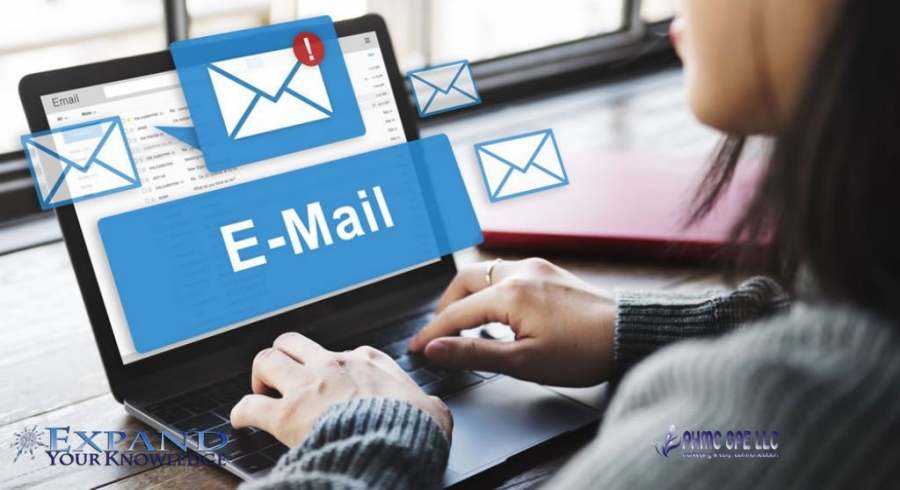
***



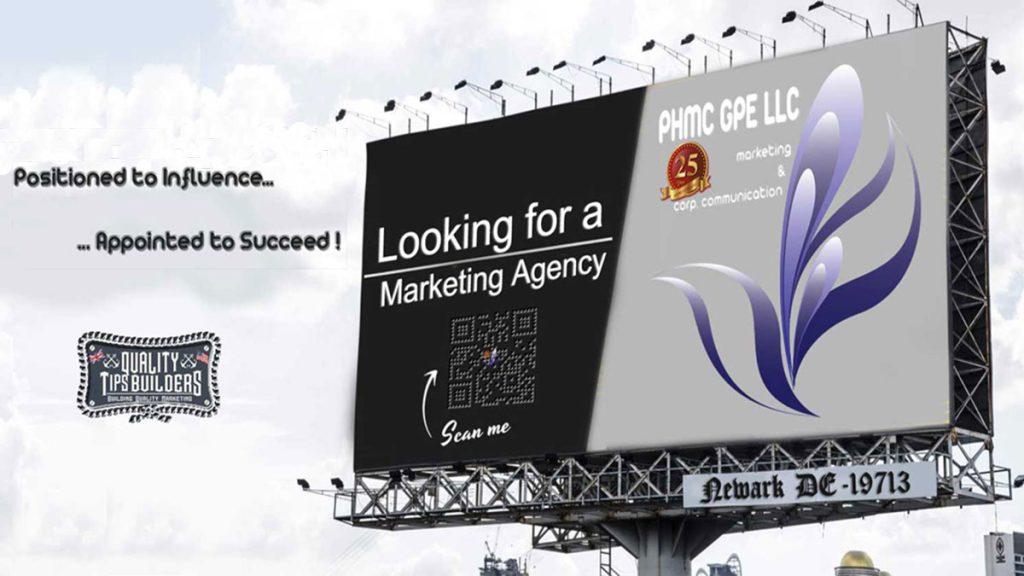
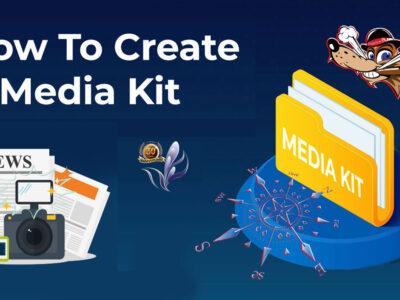

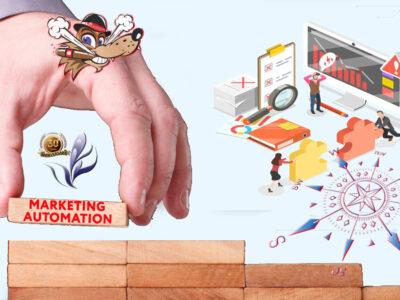
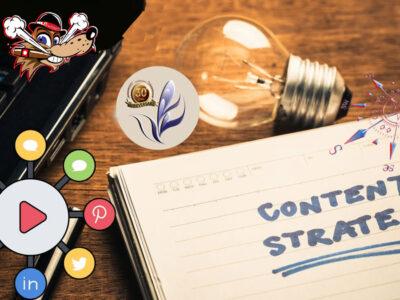


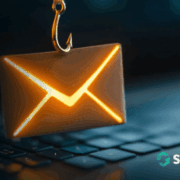
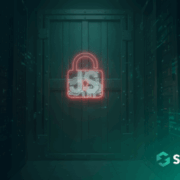

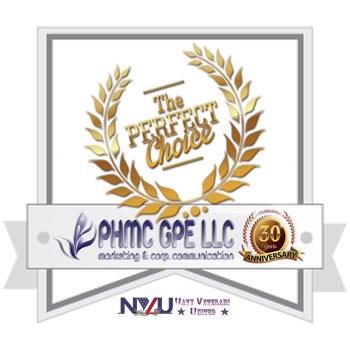




Comments